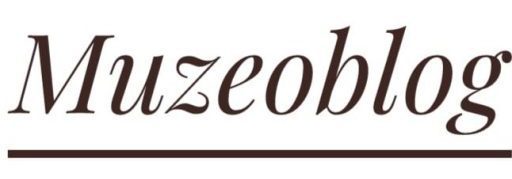Avoid cutting into the trunk or branch collar of trees when pruning. This can cause damage to
the tree’s protective mechanisms, which can allow pests and diseases to enter. The majority of
pruning shears have only one cutting blade. It is crucial to ensure that the blunt jaw presses
against the section of the limb being cut. Incorrect cuts can result in dead or weakened
branches.
Avoid cutting into the trunk or branch collar of trees when pruning.
There are three types: top-down, post-pruning, and pessimistic. Post-pruning involves removing
nodes and adding leaves to make the tree easier. This type of method is called pessimistic error
pruning, and it produces good results when there are no visible objects to remove. The most
common way to prune a tree is to cut it from the trunk and top down, so that you don’t risk
damaging the bark.
Generally, limbs must be pruned at their base in order to remove competition for sunlight. A
branch should always be cut down to its base so that it can be removed from the trunk. This will
usually mean cutting down to where the branch collar is. This means that you should cut the first
piece of wood close to the trunk. To ensure that the bark is not damaged, you should make the
second and 3rd cuts at a 45-degree angle. In either case, make sure to make the cut at least
halfway through the branch to encourage the growth of a callus.

The most popular pruning method for trees, is reduced error pruning. This means that you
should start at the base. If the branch has grown larger than the trunk, cut it so that it doesn’t rub
together. To promote proper callus formation, the cut should be placed close to the collar of the
branch. Next, trim the branch to the collar. This is the best method to avoid tearing the bark, and
it will not damage the tree’s structure.
You should adhere to the American Society of Arboriculture guidelines when pruning. In general,
there are two basic types of cuts: “thinning” and “reduced error” (the name of the cut process).
Both are good for trees’ health. The former is the most common and effective pruning method,
and it requires a lot of time, while the latter is the most effective for a tree’s appearance.
Pruning for tree health is an important aspect in tree care. This procedure is used to remove
dead or diseased limbs. It also opens up the canopy, increasing its foliage and decreasing the
likelihood of disease. It also helps the tree’s overall shape by removing water sprouts and
suckers. These types of limbs are in competition with the main branch, so it is vital to make the
dominant leader the dominant one. This method yields better results than the previous two, but
is more advanced.
Tree pruning should be done in accordance with the desired growth direction. Instead of trying to
achieve a pruned look, aim for a natural shape. Use a saw to cut the branches at a height that
doesn’t damage the branch collar. The ideal direction for the limbs to grow is in the direction of
their trunk. You should choose a pruning method that is most suitable for your tree. To prevent
damage to the bark, it’s best to begin at the base.
The most popular method of tree trimming is the top-down. This method is used to remove any
branches that may be competing with the trunk and create a more harmonious, balanced form.
This will result in a tree that has fewer diseased or dead branches. This is also known as
pollarding, which refers to the process of cutting branches from trees. This is the process of
removing dead or diseased branches. This is done in order to create a tree that is more pleasing
to the eye.
Pruning a tree requires that you cut it at 45 degrees so that the branch collar is protected against
water damage. To avoid damaging the bark, large limbs should be cut at a lower angle. This job
is best done with a saw. A professional tree care specialist can help you decide which pruning
method to use. There are four main types of trees depending on what kind of tree you have.
Here’s how to do them

